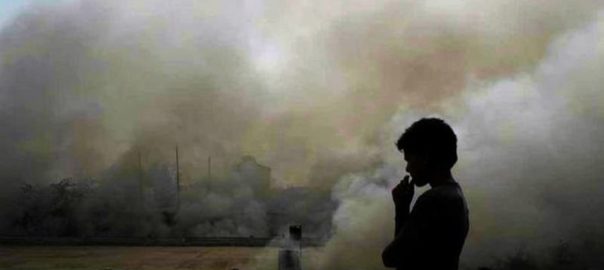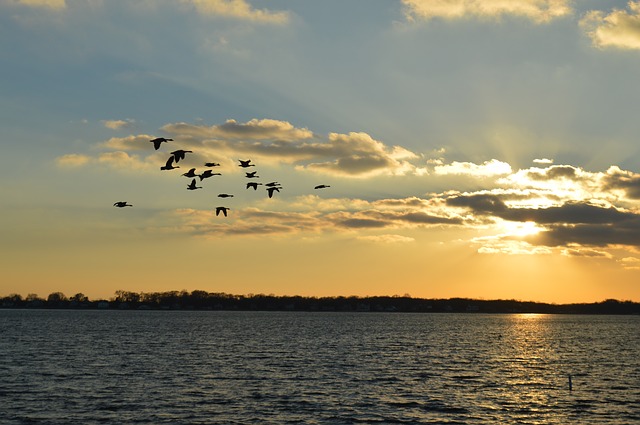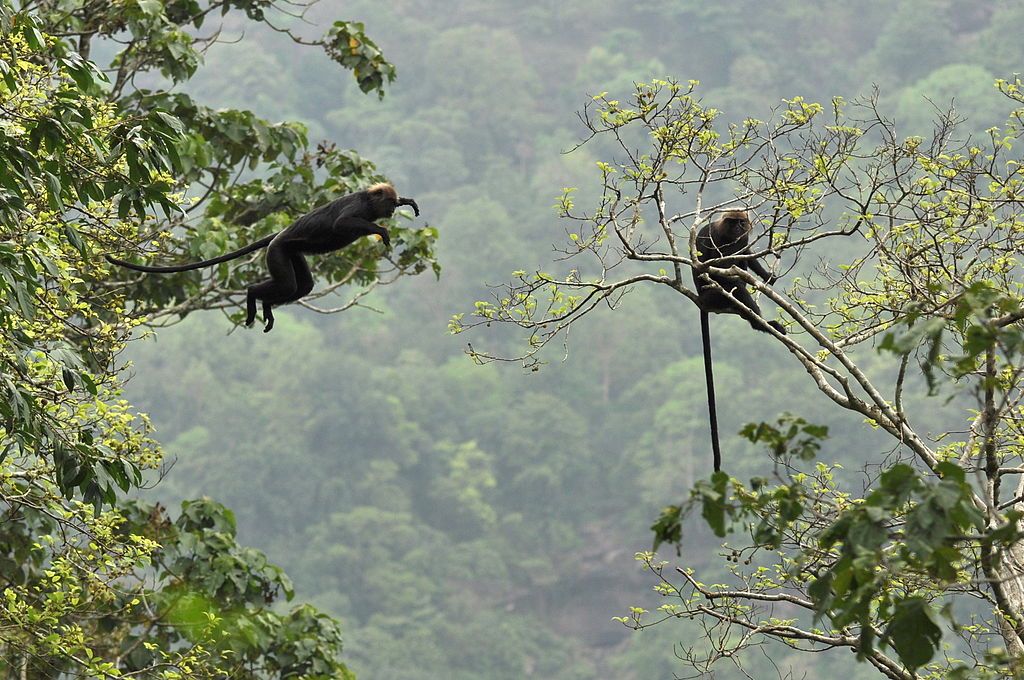If someone was to mark the cities of the world with the dirtiest air, most of India
would be covered in grey. From Gurugram, Ghaziabad, Faridabad, to Patna,
Lucknow and national capital Delhi, no city in India, particularly in the
Indo-Gangetic plains, is entirely free from the grip of the dense cloud of death
hovering over our heads. And even as 9 out of 10 people in the world breathe polluted air and an estimated 7 million premature deaths worldwide are a result of this silent killer, air pollution still seems to garner most attention as a school essay writing topic than a real planetary threat and a public health emergency.
Also Read: Noise Pollution in Cities Detrimental to Birds and Animals
The United Nations in an effort to open eyes aims to celebrate the World Environment Day this year in raising awareness against air pollution and bringing together individuals and governments to take definitive measures to curb it.
In March this year, a data compiled by IQAir Air Visual, in collaboration with
Greenpeace Southeast Asia found 7 out of 10 most polluted cities in the world in
India with Gurugram topping the chart. Delhi was 11th followed by 5 more Indian
cities. The top 50 worldwide cities with the dirtiest air were from India, China,
Pakistan and Bangladesh pointing definitively at the condition of the atmosphere
over Southeast Asia. An additional unsettling fact is that the poorest are most
affected by air pollution because of the cramped informal settlements they live in and
the overexposure to indoor as well as outdoor pollutants. So, not only is India and
our neighbouring nations causing the most air pollution in the world, because of the
number of poor and the population density, they are also putting maximum number
of individuals in danger of air pollution related threats.

Toxic fumes
Air pollution is usually measured based on the measurement of the quantity of PM
2.5 – a particulate matter that has a diameter of less than 2.5 micrometres, which is
about three percent the diameter of a human hair. Any PM2.5 measure above 50 is
considered unhealthy. The average PM2.5 level in New Delhi last year saw a marginal improvement, measuring about 172 compared with 174 in 2017. Mumbai, recorded an average PM 2.5 level of about 147 last year, up from 126 in 2017. While you are working, cooking, labouring in the farms or riding your bike to work, these particles could reach the lungs, the bloodstreams and the heart with constant exposure leading to coughing, wheezing, shortness of breath, watery eyes, and aggravated asthma. The long term effects include lung cancer, heart conditions, skin irritation, stroke, reproductive organ malfunctioning and under extreme circumstances, death.
Also Read: What is Going Wrong with the Forest Rights Act?
That the air we breathe is becoming more dangerous than alcohol abuse or malnutrition is a hard thing to fathom but studies are proving it to be true and that more and more people are being affected by foul air worldwide. The most vulnerable
are children with 11,000 new cases of child asthma registered every day due to
inhalation of vehicular emissions like nitrogen dioxide. 50 % of childhood
pneumonia deaths are due to air pollution.
“The second most at-risk group are women, because of their constant contact with household emissions. A lot of households in South Asia rely on solid fuels, sometimes biomass, often coal, for their cooking and heating,” said Lauri Myllyvirta, a senior analyst for Greenpeace’s Global Air Pollution Unit.
Apart from the public health concerns scientists have also noticed a puzzling climate
trend in the recent decades. Some of the monsoons, including India’s annual rains
have been weakening over time and surprisingly air pollution seems to be the culprit.
In a study published in the journal Geophysical Research Letters last month, Chinese
scientists deciphered that aerosols—tiny pollution particles in the atmosphere have a
cooling effect reversing the warming mechanism of the land that leads to monsoons.
In the last 80 years, the researcher claim the disruptive rains are not just because of
climate change but also air pollutants like sulphate particles.
Another revelation is how bees, the number one pollinators are becoming less
effective in their pollination roles because of air pollutants. Bees rely on their sense of
smell to identify different flowers. But air pollution can mask scent molecules from
plants, which means bees, need to forage longer & become less effective pollinators.
From babies to bees, the entire living planet seems to be under the grip of a silent
killer we are turning a blind eye on simply because the effects are not visible or
immediate.
Purifying our Air
The beginning of this year finally saw our government taking a stand, by minting the
National Clean Air Program (NCAP) which aims to cut concentrations of PM2.5 and
PM10 (larger particulate matter) throughout the country between 20-30 percent by
2024. While the timing of the initiative was questioned in an election year, setting a
reduction target is a step forward. The program would help aid data collection across
country, which has been sparse till now and put into motion localised actions at the
city, state and central levels.
Environmentalists worry though that the USD 91 million funding for the initiative
might be too little for two years. There is also the worry of no sector specific
implementation targets or a more ‘zero tolerance’ like policy that China has adopted
since 2018 bringing its emission levels to 13 percent lower levels than recorded in
previous years.
The major sources of air pollution in India currently are household, industry and
transport. And while common notion suggests that the emission flux between urban
areas and villages is only one way, a study by Stockholm University this year found
that New Delhi’s major source of emission especially during the fall and winter
months when the entire NCR area seems to be covered in a blanket of smog, is largely a result of post-harvest burning of crop residue – so high that it rivals the fossil fuel emissions during summer months. Any measure taken to reduce the impurity of air has to be thus based on curbing the emission of known culprits like transport and industry but also those unique to India like these crop residue burns.
Also Read: 5 Year National Action Plan to Conserve Migratory Birds
The Indian government’s initiative to provide women with funds to buy natural gas
stoves and equip 95 % of all target households with these stoves versus the kerosene ones by 2022 is underway. Almost 6 crores households have already benefited from the scheme till March 2019. However, studies show that almost all the beneficiaries continue to use the traditional biomass fuels like cow-dung and firewood because of habits, cultural beliefs and most importantly the expense incurred to maintain the gas stoves. In some cases the distance of the oil marketing companies from the remote villages has not allowed them to reach the target population and in other cases, the tiny homes do not have enough ventilation to support such a stove even if installed, continuing to cause health and environmental pollution risks.
Experts believe the scheme needs to evolve taking into account affordability and accessibility and provide a basket of fuels like electricity and solar stoves too rather than LPG alone. The United Nations suggests shifting to renewable energy could save up to 150 million lives by the end of the century and India’s much talked about solar mega-project, aims at expanding the country’s solar capacity from the current 3
megawatts (MW) to a reported 20 gigawatts (GW) by 2020 and 200 GW by 2050,
forms the centrepiece of a National Climate Change Strategy.
The world we know is changing dramatically as the atmospheric carbon dioxide
levels reached an alarmingly high level of 415 ppm this May, which has never
happened in the last 800,000 years. Anything exhaled into the atmosphere today is
therefore tipping an already overflowing cup of toxicity and we are all responsible.
The quality of air thus is as much a lifestyle choice for us as individuals as it is for
policymakers. The cleansing has to start with us.
This article originally appeared in Deccan Herald newspaper ahead of World Environment Day 2019.





Brilliant site. Thought-provoking and informative for any reader: inspiring for a writer.
Thank you Rosalind for your kind words. Your own website looks intriguing too and your books! Heading over to Amazon now to see if I can get my hands on some of your writings. Keep visiting this site!